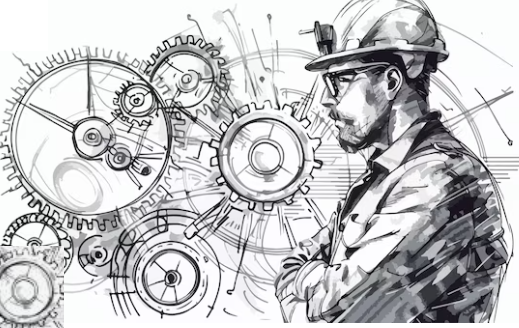OPTIMIZED R-CNN ARCHITECTURE FOR REAL-TIME PASSPORT VERIFICATION AND FORGERY RESISTANCE
Keywords:
passport verification, deep learning, real-time security, R-CNN, airport automation, MRZ validationAbstract
Passport inspection processes involving manual and semi‐automated inspection at airport checkpoints lead to considerable processing time delay and are susceptible to human error in the event of high passenger volume and adverse imaging conditions. Creation of a fully automated real‐time passport verification pipeline that achieves at least 90 % accuracy on commodity GPU hardware which can completely process in sub−second inference times. We collected a dataset of over 65 country‐specific passport formats from public repositeries, custom laboratory captures, and synthetic augmentations. To detect the region of the passport, a region‐based convolutional neural network with a ResNet‐50 backbone and a feature pyramid network was trained. Machine Readable Zone (MRZ) extraction was performed by the machine‐vision modules for checksum validation. We quantitatively evaluated the performance using precision, recall, F1 score, mean average precision (mAP) at IoU threshold with 0.50 and 0.75, and end‐to‐end latency. Statistical significance was tested using paired Student’s t-tests. It processed images at an average time of 0.75 s (±0.05 s) have an average accuracy of 95 % (13 percentage points higher in mAP@0.50 than a classical OCR pipeline). The false‐acceptance rates stayed below 1 % in the presence of variable lighting, occlusion and print artifact conditions. We conducted ablation studies to show that combining geometric and color augmentations helps raise accuracy from 88 % to 95 %, while backbone depth and input resolution have diminishing return after 1024×768 px. Performance improvements were all statistically significant (p < 10⁻⁴, Cohen’s d > 0.8). Overall, we achieve a robust, efficient, high throughput passport verification product through the integration of multi‐scale deep detection, MRZ‐based verification, and optimized inference pipelines. An extension of multilingual MRZ parsing and face–passport matching follow, eventually reaching the goal of completely autonomous smart‐gates ecosystems.

















